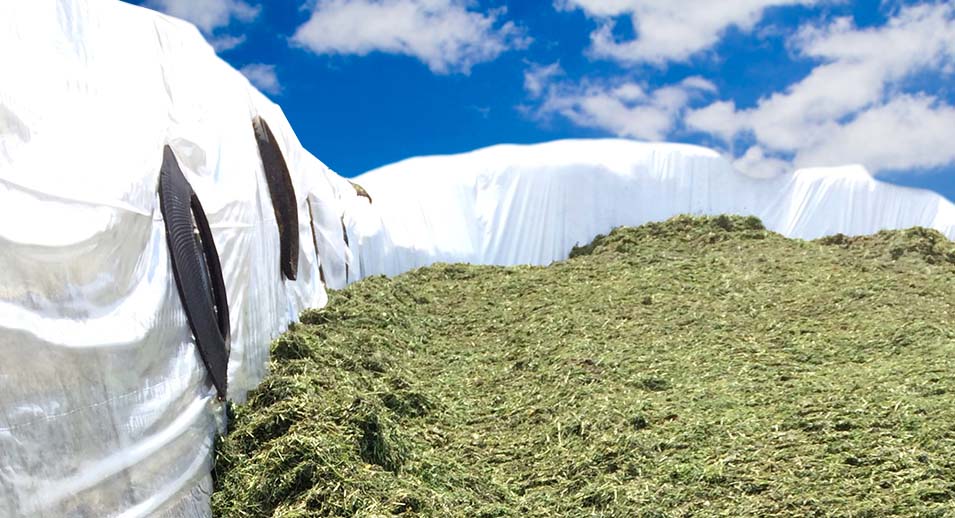With the price of concentrates on the rise, many producers are looking for solutions to minimize the impact on their feed margin and expenses. One solution is to optimize the use and quality of forages in order to get the most milk for each kilo of concentrate served. In order not to impact milk production, forages must be of better quality to maintain nutrient levels and support cow productivity while decreasing the amount of concentrate fed.

The value of better forages
To monetize the impact of forage quality on the cost of concentrates, the graph below shows the cost of concentrates per kg of fat produced according to the cutting stage of a mixed grass silage with a predominance of grasses—this graph is rendered for a cow of average production (35 litres – 4.0% fat).

According to 2021 Lactanet data, an average silage contains about 33% ADF. At this stage, it would cost almost $3.20 in concentrates/kg of fat produced assuming a balanced ration containing soybeans at $750/t, corn at $420/t, and minerals.
By mowing earlier to target an earlier maturity stage, concentrate costs for the same cow could be reduced to about $2.70/kg of fat produced.
What if I’m past it?
In 2022, at the time of writing, rain is holding up first-cut mowing in many areas. This situation is not ideal and cannot be controlled. Fortunately, there is hope for the second and third cuts, which could help to catch up with the quality of the forages. In addition, the abundance of forage in the first cut ensures a good supply, which can allow an aim for quality rather than quantity for future cuts.
And the overall use of forages?
The more productive your cows are, the more monitoring the quality of the forages becomes a profitable strategy. One possible strategy is therefore, when possible, to incorporate a greater quantity of younger forages in the first feeding group than in the second group, if you follow two-group feeding. This allows to maximize the use of young forages by fresh cows and thus to decrease the overall feeding cost with the same inventory of forages.
Source: Lactanet













